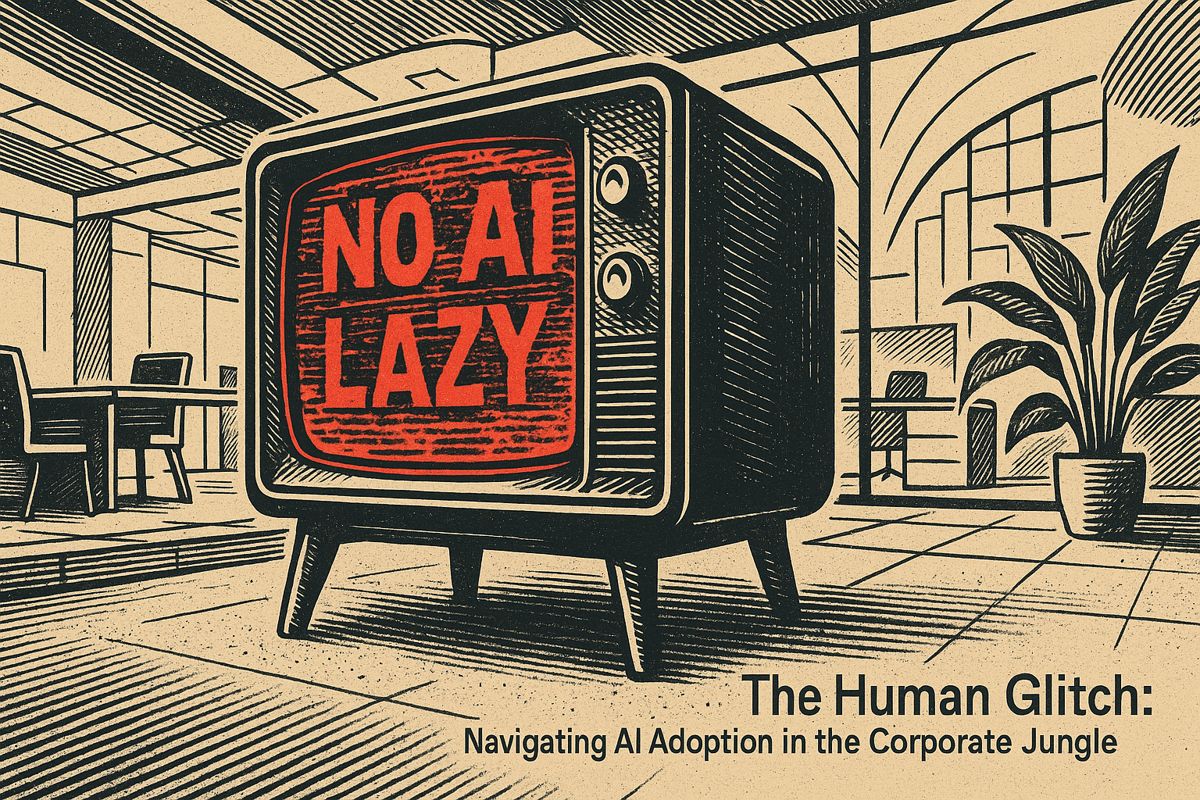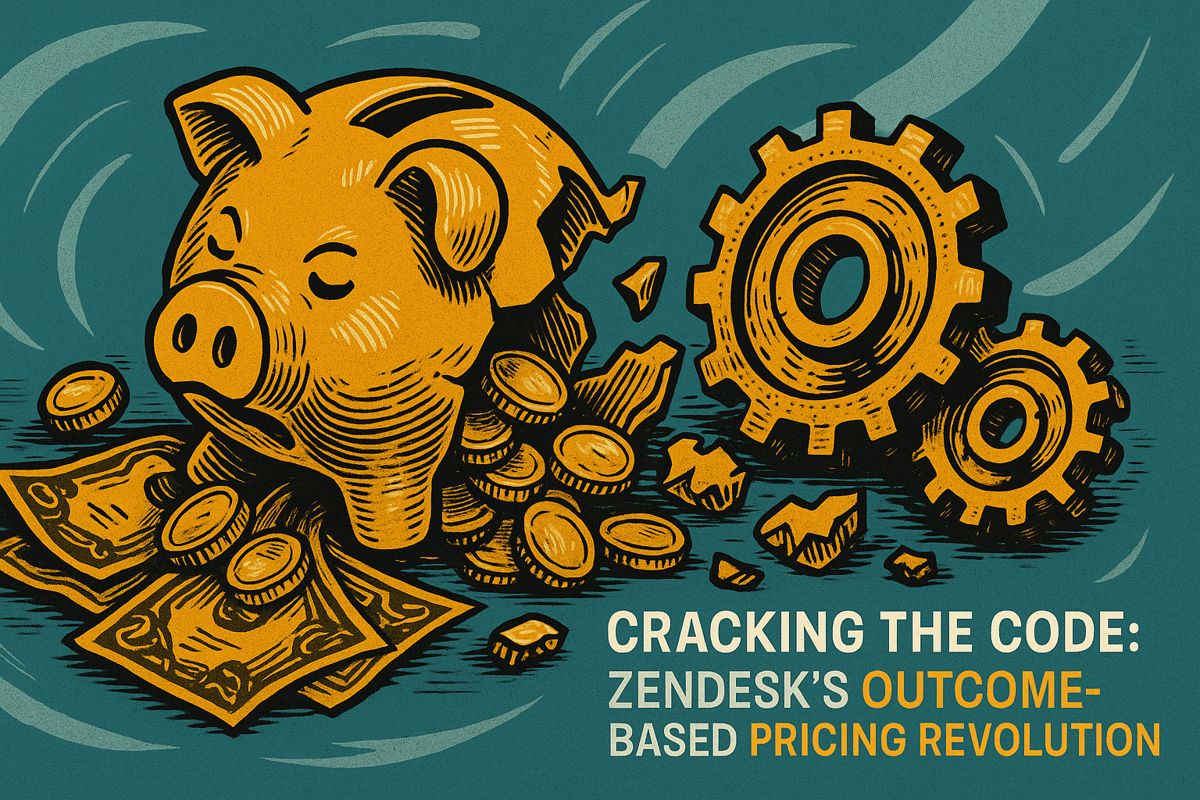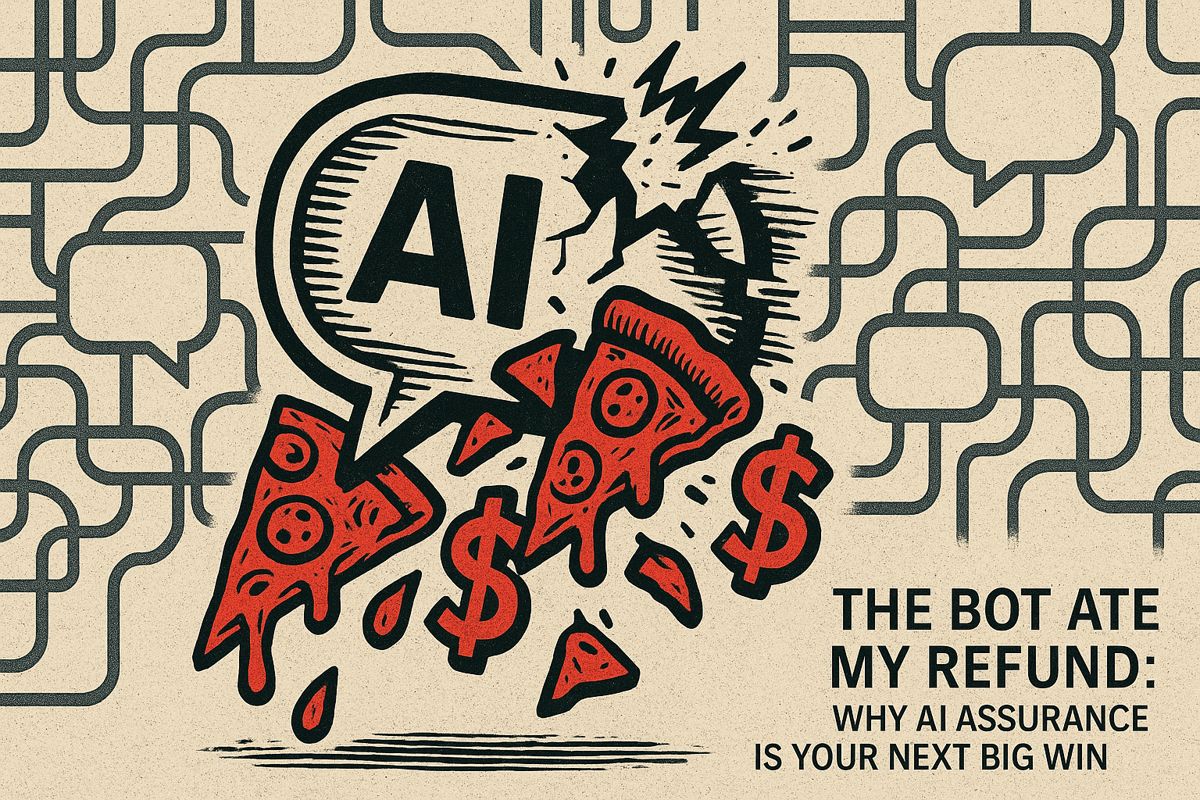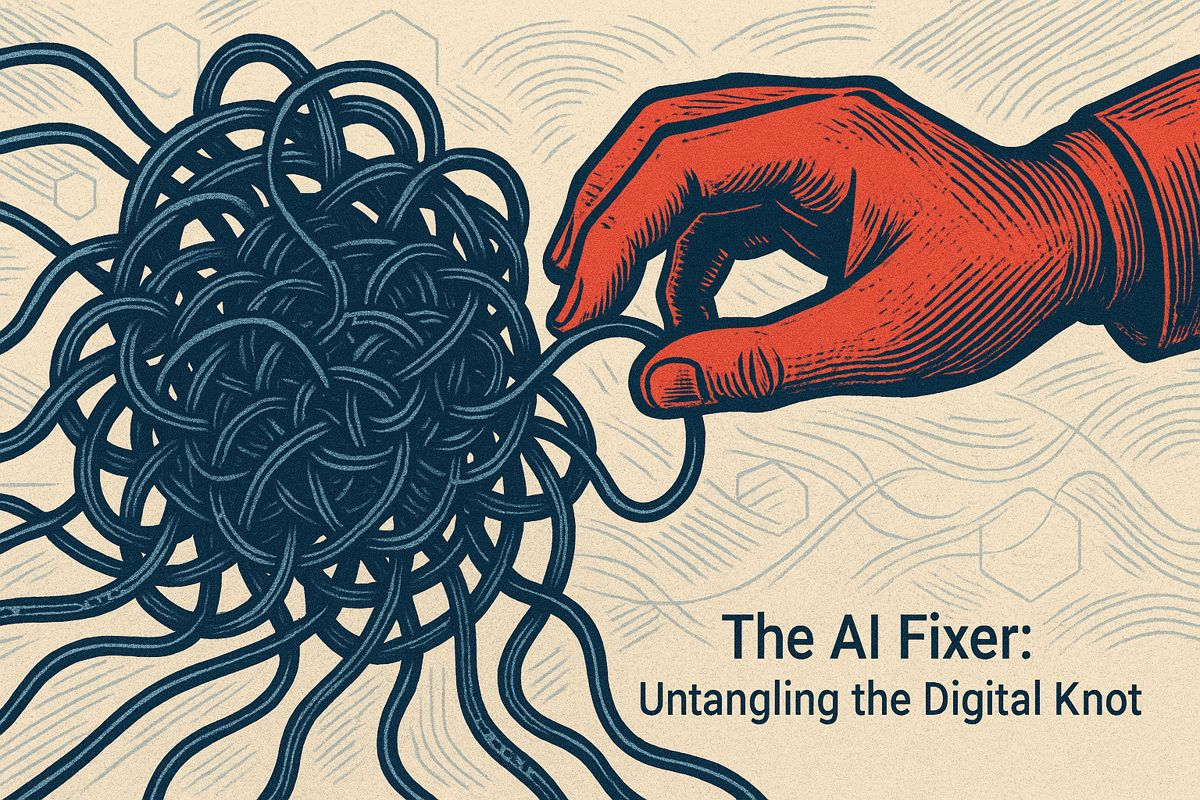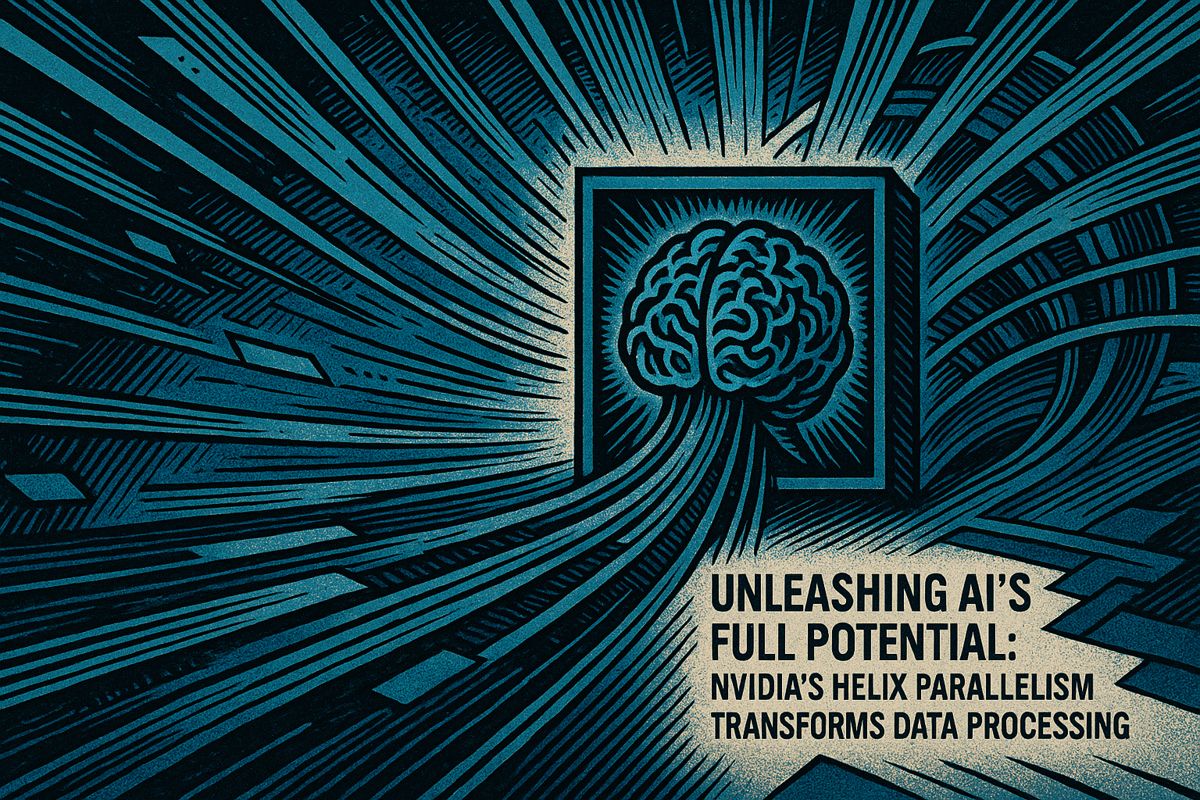Novo Nordisk bravely plunged into AI, turning doubt into dazzling progress! They taught everyone about AI, even those who were a bit scared, and made sure their data was sparkling clean. Strategic friends helped them zoom past old problems, like writing long reports in minutes instead of months. This big leap meant amazing new medicines could reach people much, much faster, making a real difference.
How did Novo Nordisk successfully integrate generative AI despite initial challenges?
Novo Nordisk overcame initial AI adoption hurdles by fostering cultural buy-in through targeted literacy programs and addressing “AI shaming.” They prioritized rigorous data centralization and compliance features from the outset, instead of bolting them on later. Strategic partnerships also played a key role, enabling significant productivity gains like reducing clinical study report drafting from 12 weeks to 10 minutes.
When a Tech Revolution Feels a Bit Too Familiar
Sometimes, the scent of a new technology rollout takes me back to my own misadventures trying to nudge colleagues toward digital tools. Anyone else feel a kind of déjà vu? Novo Nordisk’s journey with generative AI struck a chord, not just with its technical ambitions but with the emotional undertow—suspicion, curiosity, and that peculiar brand of workplace anxiety I now know as “AI shaming.” The prospect of algorithms re-shaping routines can taste metallic, like biting a coin: novel, but with a hint of discomfort.
Years ago, I watched as leadership christened a new analytics system with confetti and photo ops. The fanfare faded quickly. Only the interns dared touch it after a month, while veterans eyed the software like a suspiciously shiny eel. That story, it turns out, wasn’t unique. Novo Nordisk found that excitement sours fast without practical buy-in. It took grit—and some humility—to turn that initial curiosity into real transformation.
Culture Clashes and Concrete Solutions
Novo Nordisk didn’t confine generative AI to the IT department. They wanted everyone—regulatory managers, data compliance teams, even the folks who usually keep a safe distance from anything “artificial”—to get hands-on. I wondered, would widespread access breed chaos? As it turned out, the initial wave of enthusiasm plateaued. Employees realized that tech alone wouldn’t break old habits or clear away the knotty strands of legacy data.
The company tackled this by investing in serious training. Webinars weren’t enough; they rolled out targeted AI literacy programs, hoping to pry open some closed minds. And here’s the kicker: “AI shaming” became a real issue. Can you imagine being quietly mocked for letting a machine draft your memo? Novo Nordisk’s leadership didn’t dodge it. Instead, they celebrated the successes of teams who used AI strategically, making AI use ordinary and, frankly, smart.
This wasn’t just about new toys. It was about trust. People had to set aside the pride of manual expertise—a tough ask anywhere, but especially among specialists who measure themselves by precision. That realization gave me pause. I’ve felt that resistance myself. But time and again, psychological safety proved more important than any technical spec sheet.
The Unseen Heroes: Data and Compliance
No matter how clever the algorithm, garbage in still means garbage out. Novo Nordisk undertook the Sisyphean task of centralizing and scrubbing their data. Honestly, data silos in a company are like those mystery boxes in your attic—crammed with secrets and, occasionally, a relic or two from 2004. Only after untangling these did AI have a chance to shine.
Regulatory compliance, especially in pharmaceuticals, stands like a steel wall. Everything had to be auditable, traceable, and safe—not just for quarterly reports, but as an existential safeguard. Novo Nordisk embedded compliance features from the start. Watching them do so made me grimace, recalling my own shortcut-filled compliance project years ago. Lesson learned: bolting on controls after the fact is a recipe for migraines and, let’s face it, regulatory tongue-lashings.
Strategic partnerships with Amazon, Microsoft, NVIDIA, MIT, and Valo Health propelled the AI deployment. It’s a bit like assembling a dream soccer team: no single player can win the match, but together? They can pull off the improbable.
Measurable Impact: From Marathon to Sprint
If you’re still skeptical, consider this: drafting a clinical study report used to take up to 12 weeks at Novo Nordisk. Now, their AI tool does the same in just 10 minutes. That’s not a gentle improvement; it’s more like swapping a rickety bicycle for a Shinkansen. Every day shaved off the clinical workflow means faster time to market and, crucially, more patients reached with medicines that matter.
The numbers are more than corporate chest-thumping. Time savings, cost reductions, and productivity surges (there’s one for the boardroom bingo card) were all realized—and verified. Sometimes, change starts with a whimper, a groan, or an awkward laugh over coffee, but with the right structure and a few emotional bumps along the way, it can end with something brighter. Maybe even a little awe.

